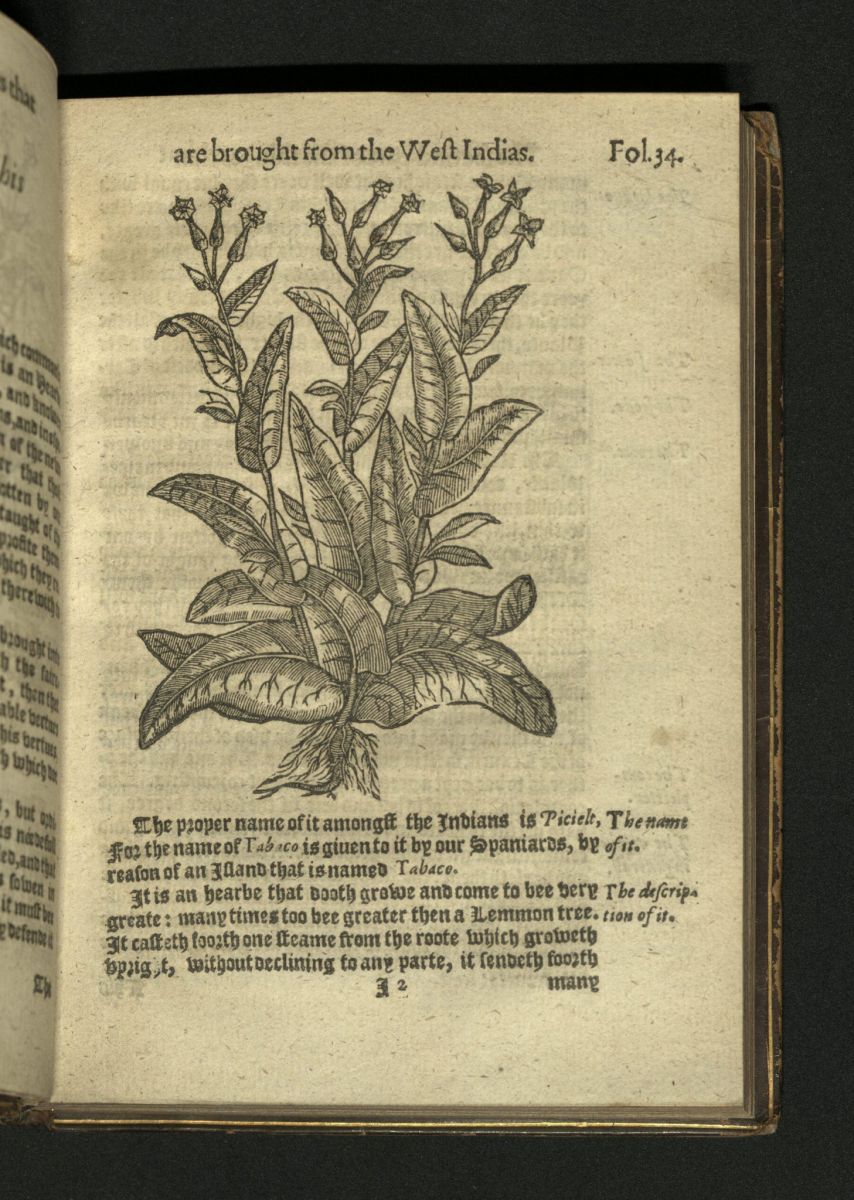Article
Fun Fact: What Disease Did a Physician in the 16th Century Believe Tobacco Could Cure?
Author(s):
Key Takeaways
- Tobacco was introduced to Europe in the 16th century and was considered a panacea, believed to cure diseases like cancer.
- Jean Nicot, a French ambassador, developed a tobacco ointment, claiming it effectively treated tumors, boosting tobacco's medicinal reputation.
Following tobacco’s introduction to Europe by the Spanish in the 16th century, European physicians embraced it exuberantly, dubbing it a panacea.
What disease did a physician in the 16th century believe tobacco could cure?

Answer: Cancer
Following tobacco’s introduction to Europe by the Spanish in the 16th century, European physicians embraced it exuberantly, dubbing it a panacea.
The Spanish physician Nicolás Monardes published a book on the medicinal plants brought to Europe from the New World, titling the book, Joyful News Out of the New Found World. The book had a glowing review of tobacco’s healing properties for more than 20 diseases, including a statement on its ability to cure cancer.
During this period of tobacco exuberance, the French ambassador to the Portuguese court, Jean Nicot, arrived in Lisbon in 1559 and was quickly introduced to the drug. Although he was an ambassador by trade, he also fancied himself a physician and developed an ointment from tobacco leaves.
Following his creation of the nostrum, he found a local man with a tumor on the street and requested the man apply the ointment regularly to his tumor. After a period of regular application, the ointment appeared to be effective in shrinking the growth, leading Nicot to feel encouraged regarding the efficacy of tobacco as a medicinal treatment.
When Nicot returned to Paris in 1561, he presented the queen of France, Catherine de’ Medici, with tobacco leaves and explained that they were effective in treating headaches. de’ Medici suffered from terrible headaches and was open to the advice. Nicot instructed the queen on how to turn the leaves into a powder and inhale them through her nose. After giving this a try, the queen found the treatment to be effective, making tobacco an overnight sensation in the French court.
Following its popularity in France, tobacco snuff quickly became de rigueur in royal courts across Europe in the late 16th century. Gradually, tobacco made its way down to the peasantry from the aristocracy, and it was embraced as the fashionable drug of the moment throughout Europe.
In 1773, the Swedish botanist Carl Linnaeus cemented Nicot’s contribution in the annals of medical history by naming the genus of tobacco cultivars Nicotiana, in acknowledgment of Nicot’s role in the plant’s celebrity. Nicot’s name is also the origin of the word nicotine, which is 1 of more than 4000 chemicals tobacco generates when its leaves are burned.
Today, the nicotine chemical is acknowledged as perhaps the nastiest chemical of all those generated by the plant, as it is responsible for stimulating the brain and nervous system, which is the leading cause of tobacco addiction.
REFERENCE
Kang L, Pedersen N. Quackery: A Brief History of the Worst Ways to Cure Everything. New York, NY: Workman Publishing; 2017.





